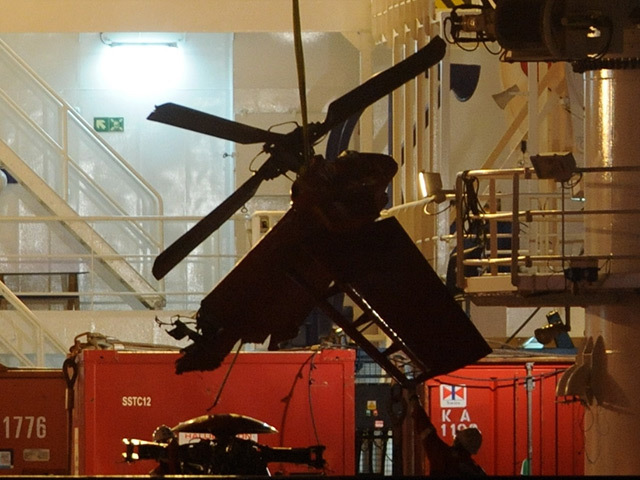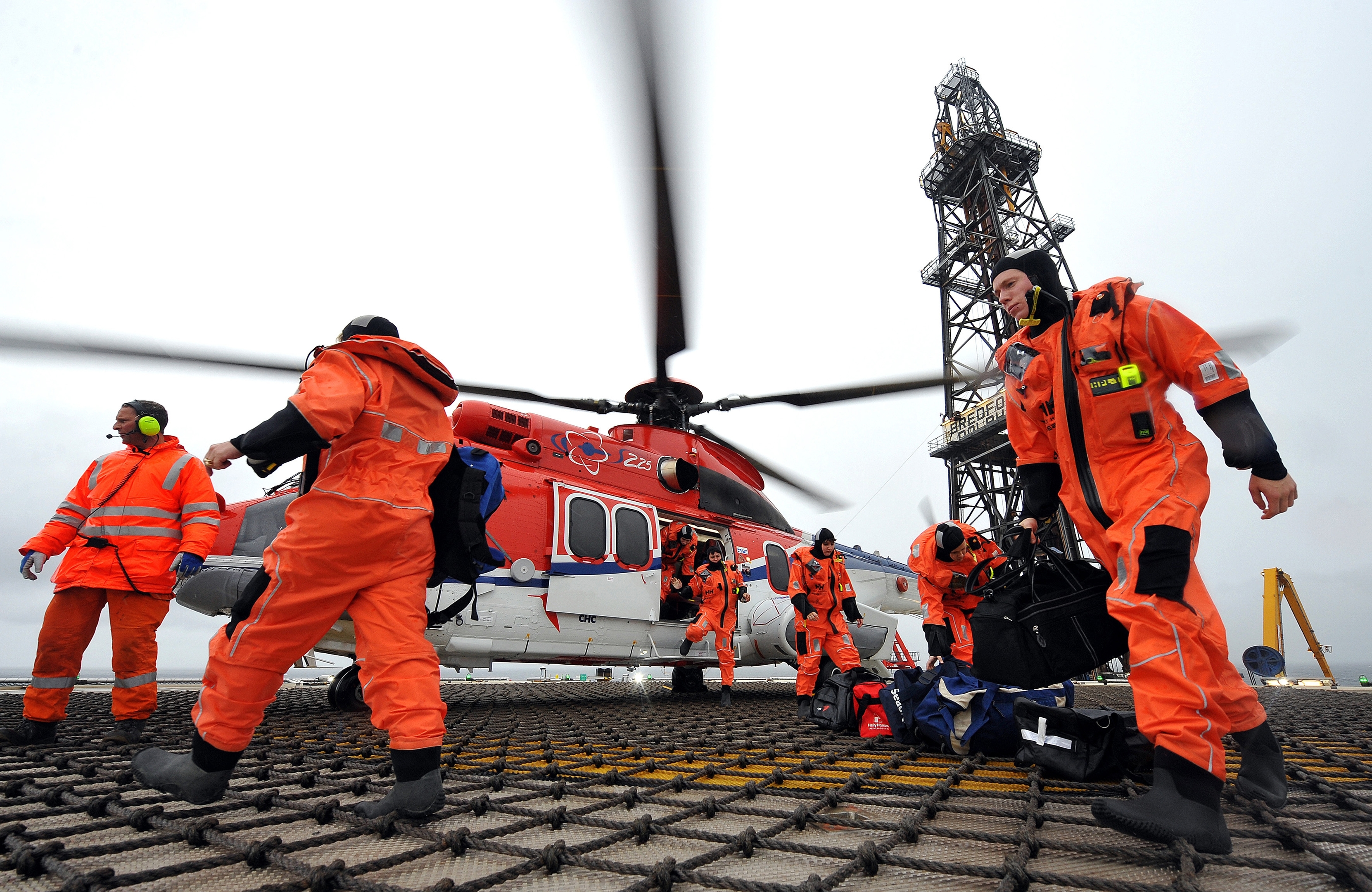
A former Royal Navy serviceman has told the inquiry into the 2009 North Sea Super Puma disaster that anomalies in gearbox data a week before the fatal crash were a sign of trouble in the helicopter’s recent past.
Matthew Smailes, 32, worked for operator Bond around the time of the accident on April 1, 2009, when the Super Puma AS332 L2 plunged into the North Sea like a “torpedo”.
It was on its way back to Aberdeen from a BP-operated platform on the Miller oilfield when the gearbox suffered “catastrophic” failure, resulting in the deaths of 16 men.
A week earlier, the helicopter’s high-tech monitoring system, Hums, had flagged up more than 800 metal detection alerts in the space of two days.
The equipment recorded no further warnings until 15 minutes before the crash, when it registered four metal chip detection alerts in the space of one minute and 43 seconds.
Asked by Tom Marshall, lawyer for 13 of the bereaved families, if rising vibration trends on graphs which Bond sent to aircraft manufacturer Eurocopter on March 25 were a sign of a problem in the helicopter’s recent history, Mr Smailes said: “I would agree.”
Mr Smailes, now a subsea engineer for oil and gas drilling giant Transocean, was giving evidence as the fatal accident inquiry (FAI) at the Town House in Aberdeen moved into its fifth week yesterday.
The former Navy fleet air arm technician said he was a Hums adviser at Bond from 2008 to 2010, supporting the operators’ engineers by monitoring helicopter data.
He said his memory of March 25, 2009, when a metal particle was found in the gearbox, was poor because “it was a long time ago”. But he confirmed evidence heard earlier during the inquiry that Bond’s team sought advice from Eurocopter experts about rising vibration trends in Hums data for the doomed Super Puma, as well as the discovery of the metal fragment.
Mr Smailes said it was not for him to decide whether helicopters should fly, adding: “Engineers would be making the decisions.”
The FAI has heard that Bond’s engineers followed a troubleshooter, but not the aircraft’s maintenance manual, to decide what to do.
If they had checked the manual, they would have seen an instruction telling them to open up part of the gearbox to check magnets inside for any more metal particles.
Eurocopter’s last e-mail to Bond on March 25, with the manufacturer having considered all the available information, advised Bond to put the Super Puma on close monitoring and send more graphs after its next flight.
It said: “We can consider this issue closed.”
The inquiry continues.
Get more news and reaction from day 18 of the fatal accident inquiry in today’s Press and Journal, and get updates from EnergyVoice this afternoon from today’s session.
Recommended for you
